What Enterprises Look For: Devday23 Enterprise Customer Perspectives
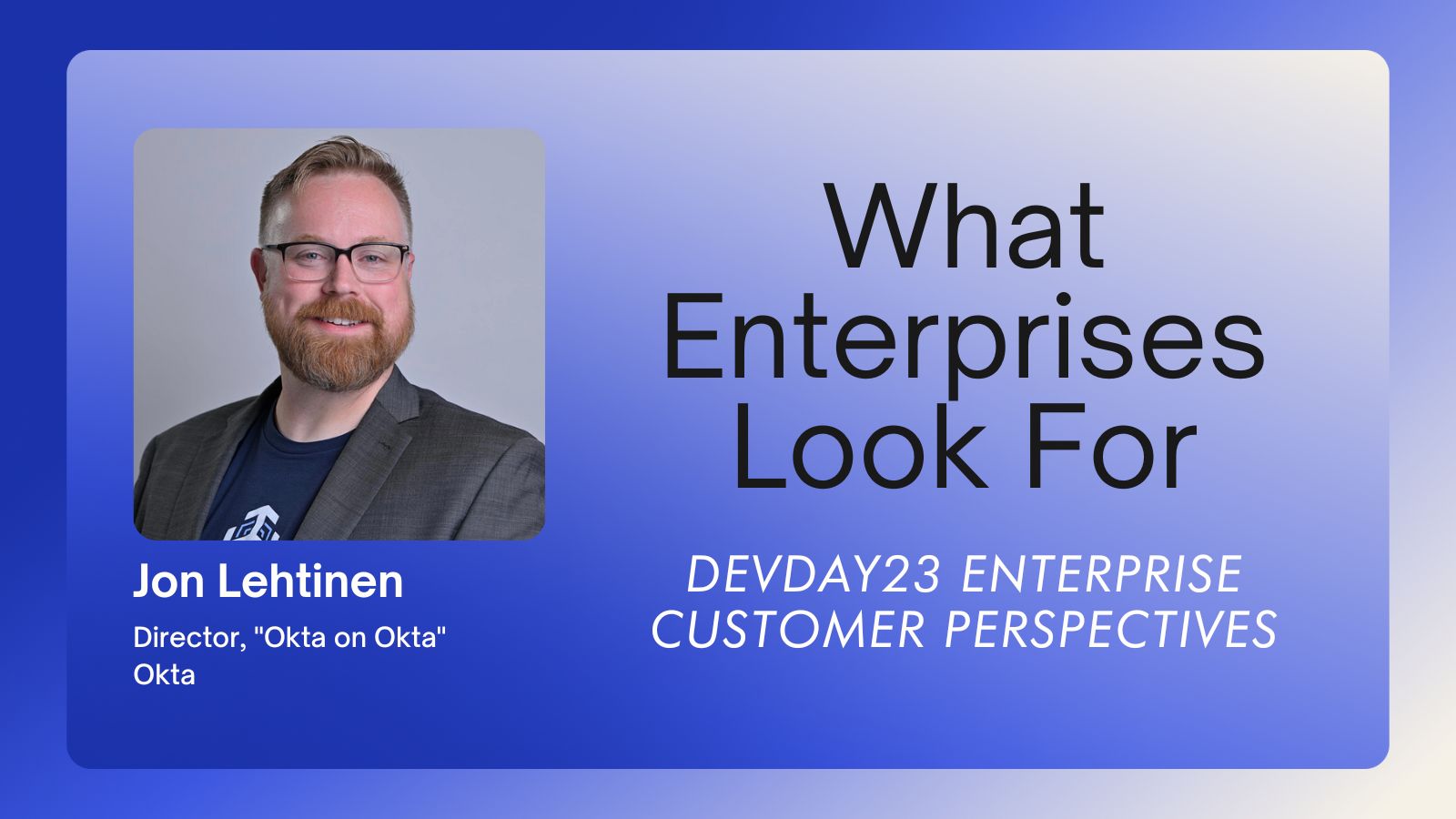
You have a great SaaS application, and know everyone will find your app so productive and wonderful. But you’re ready to move beyond a B2C or a B2B for small companies. You want to go enterprise! But are enterprise customers a different breed? And what sort of things are they looking for? Welcome to the second step of becoming enterprise ready. Join us as we help you prepare your application for enterprise customers. Posts in...
What Does It Mean to Be Enterprise Ready: Devday23 Keynote

What makes a SaaS application ready for enterprise customers when it comes to identity? Between handling application security, user onboarding, and scalable, secure authentication practices, there’s much to consider and prepare before determining your app is “enterprise ready.” Posts in the enterprise-ready Devday23 presentation series 1. What Does It Mean to Be Enterprise Ready: Devday23 Keynote Enterprise Readiness 2. What Enterprises Look For: Devday23 Enterprise Customer Perspectives 3. How to Build an Enterprise-Ready MVP SaaS...
Unlock Identity Expertise with Our New Developer Podcast!
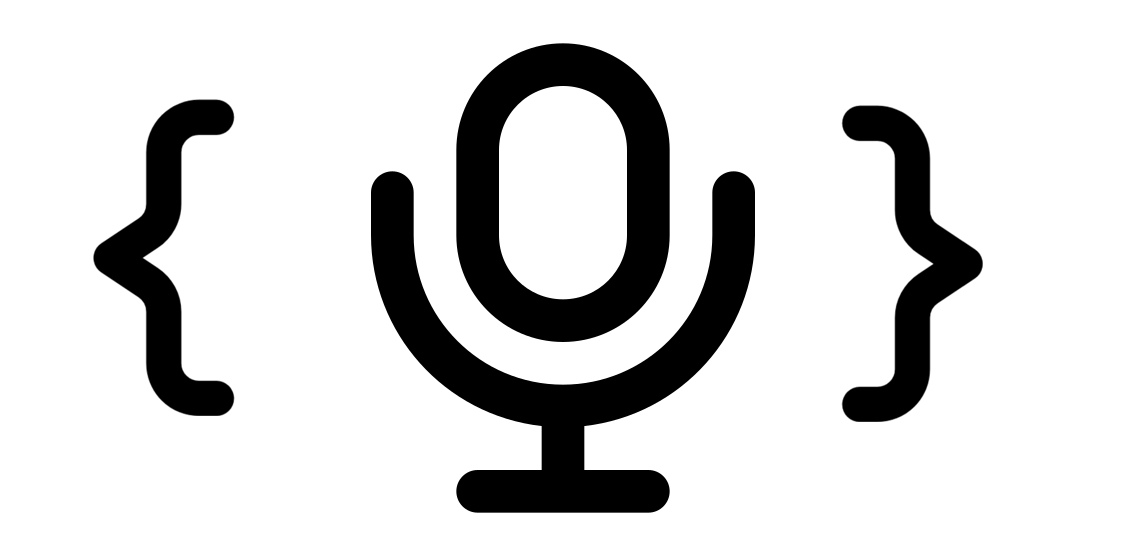
Do you enjoy podcasts? I find that, like audiobooks, podcasts can transform boring tasks into an opportunity for entertainment and education. I’m delighted to announce a new offering from Okta’s Workforce Developer Advocacy Team: our monthly podcast! Listen and learn with the Workforce Identity Developer Podcast The audio version of the Workforce Identity Developer Podcast is available on Casted, where you can also explore Auth0’s ongoing Authorization in software podcast and Identity Unlocked podcast as...
Supporting Devs Through Advocacy

Supporting developers is my modus operandi. I’ve been with Okta for three years, formerly as a Developer Support Engineer and now as a Developer Advocate. Before joining Okta, I graduated from Hackbright Academy, an all-women boot camp based in San Francisco. I learned to think like a programmer through coding in Python and Javascript. My full-stack capstone project was a web application that tracked sugar intake, inspired by the community health service volunteer work I...
Get Started with Jetty, Java, and OAuth

Jetty is a small, highly-scalable Java-based web server and servlet engine. It supports HTTP/2, WebSockets, and many other protocols. It powers websites and frameworks, both large and small, such as Google AppEngine. Because it is an Eclipse project, its open source project is called Eclipse Jetty. It is standards-compliant and open source, as well as commercially usable. It is the main alternative to Tomcat when hosting Java applications. Like Tomcat, you can use Jetty both...
Selecting the Best Authorization for Your API Integrations
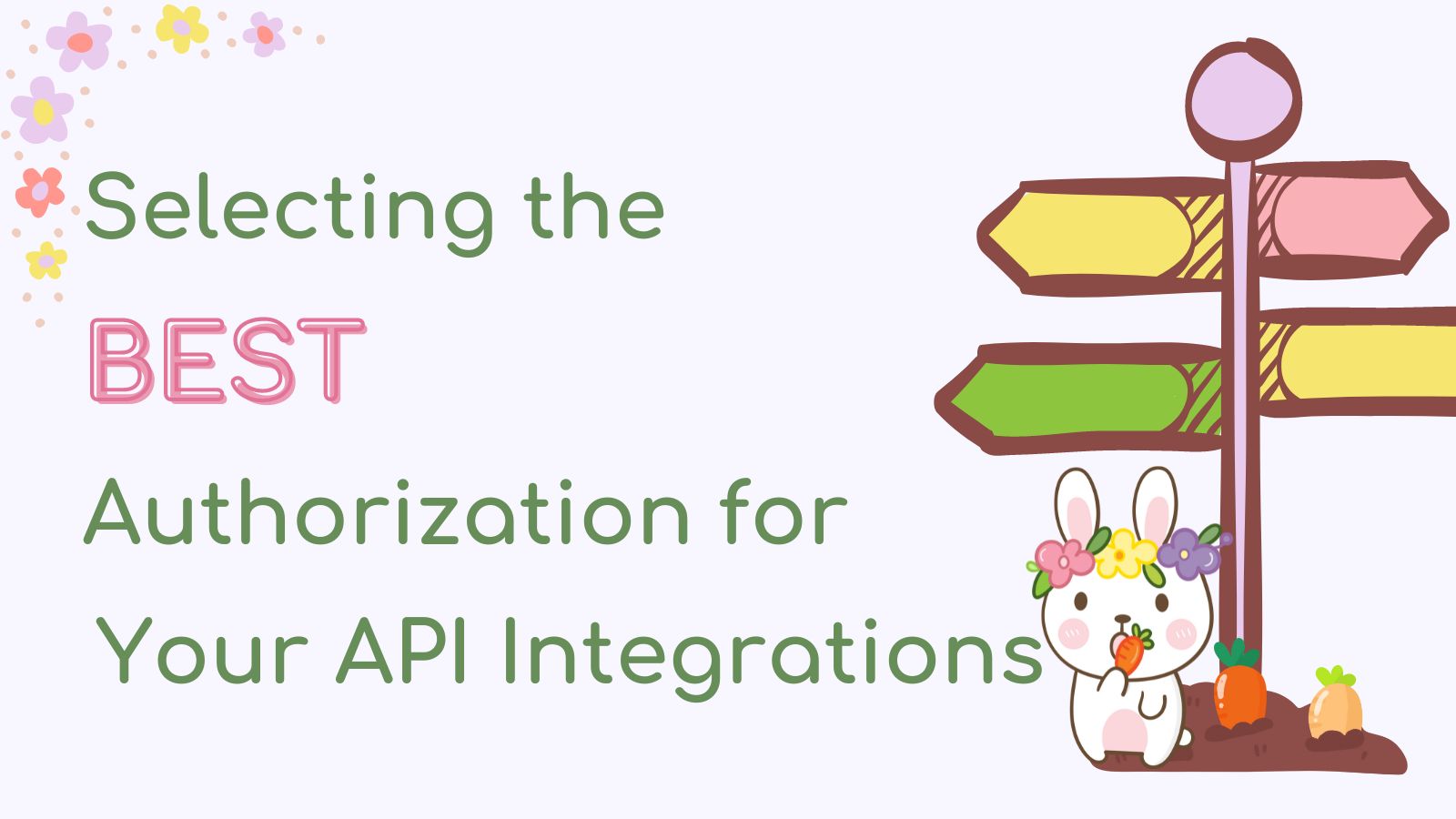
Integrating with an API lets you power up your code by knowing what the API knows and doing what the API can do. The catch is that most APIs can’t and shouldn’t let just anybody access your important resources. Just as humans log in to access resources, programs accessing APIs must obtain proper authorization. Your application can use two types of authorization mechanisms when calling Okta APIs from your Okta integration, each with its pros...
Join Us for Developer Day 2023
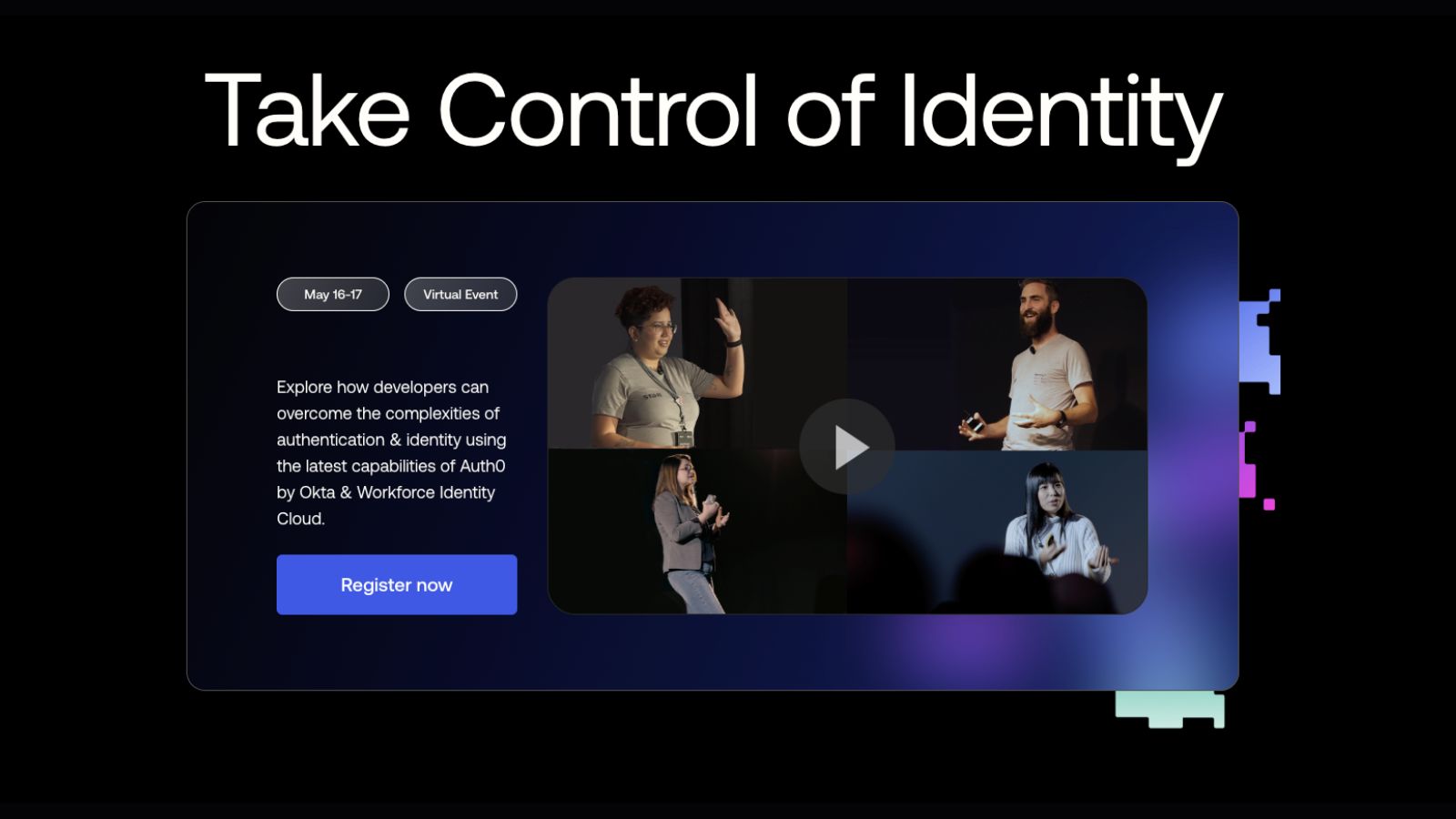
We’re thrilled to bring back Developer Day in 2023! Developer Day is an event for developers designed by developers. This year we’re happy to announce this event is a free, two-day virtual event, so you can join us wherever you are! The event focuses on using identity to power secure applications, so join us to create a safer world for your application users. Check out more in this teaser video Developer Day 2023 event Authentication...
How Authentication and Authorization Work for SPAs
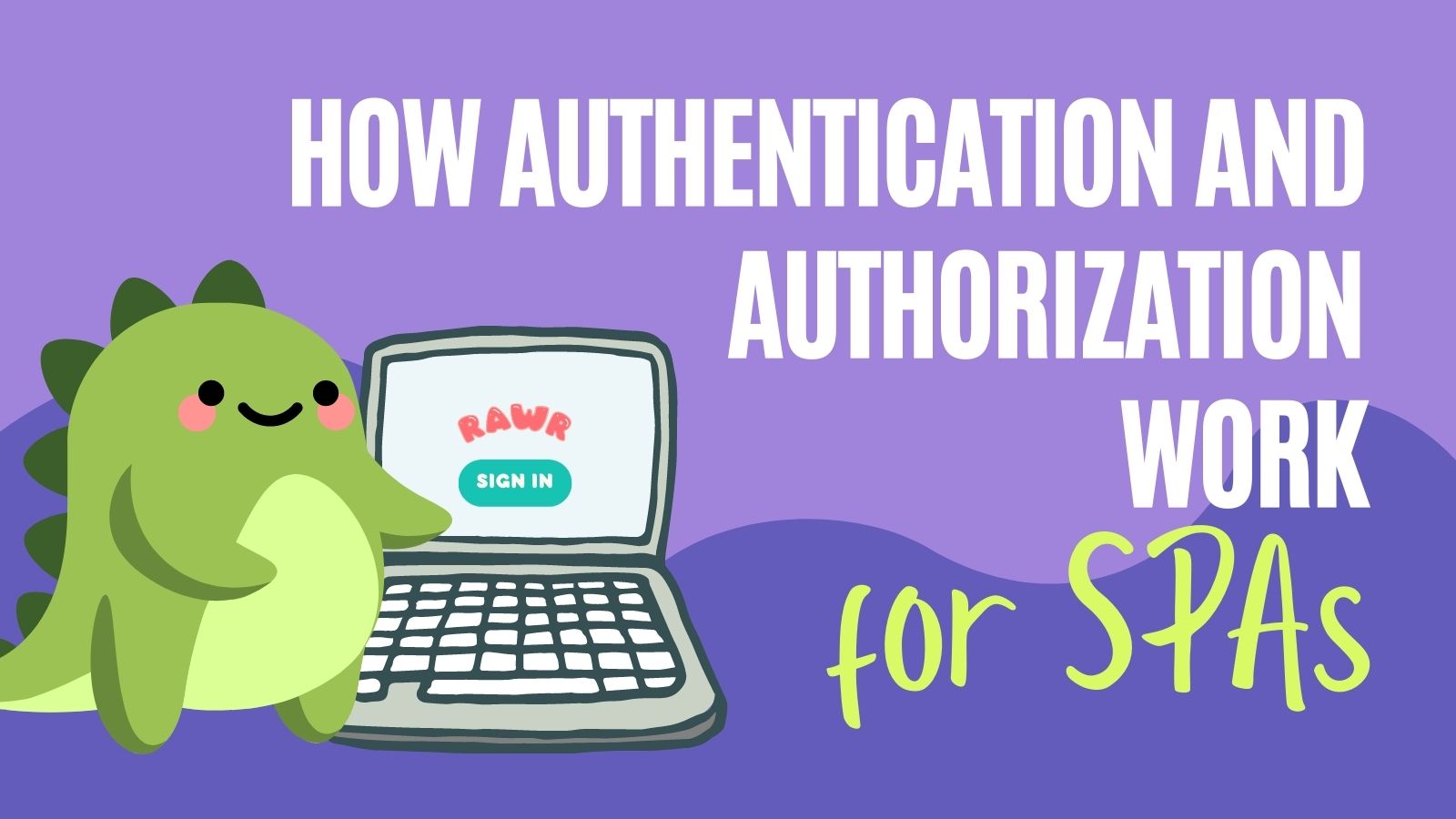
Adding authentication to public clients such as Single Page Applications (SPA) and JavaScript applications can be a source of confusion. Identity Providers like Okta try to help you via multiple support systems. Still, it can feel like a lot of work. Especially since you’re responsible for way more than authentication alone in the applications you work on! As part of authentication, your client application makes multiple calls to an authorization server, and you get back...
Step-up Authentication in Modern Applications
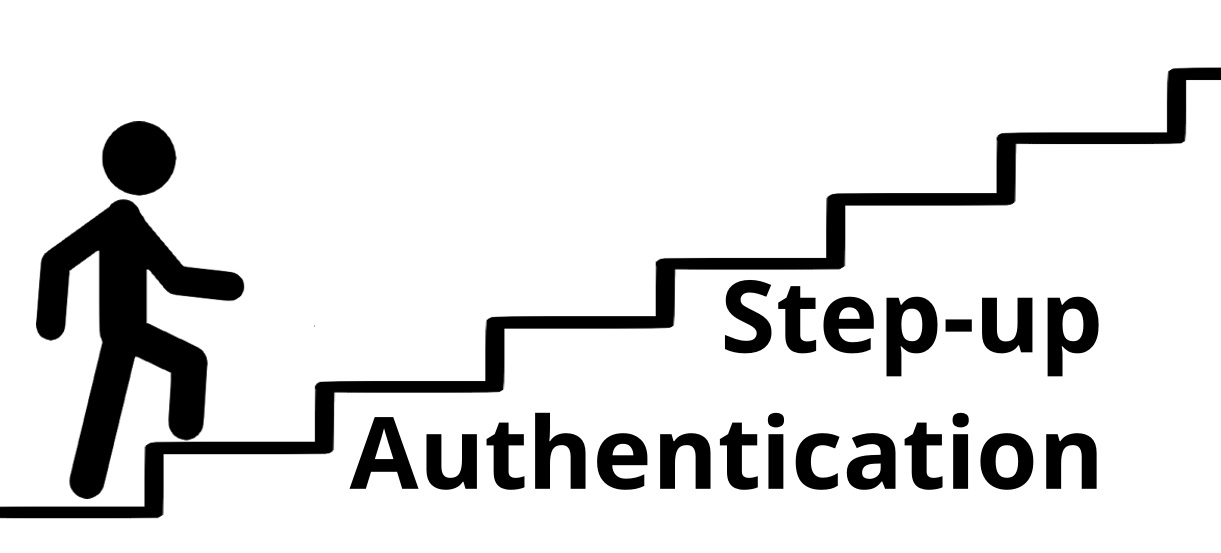
Step-up authentication in an application is a pattern of allowing access to non-critical resources using basic level of authentication, and requiring additional authentications for critical resources. In this article, we will explore the whys and hows of step-up authentication in modern applications that include Single Page Applications (SPA) and native mobile applications. Federation protocols such as OpenID Connect (OIDC) are getting increasingly popular for modern applications to enhance security by trusting an appropriate identity provider. Here we will focus primarily...
Streamline Your Okta Configuration in Angular Apps

The Okta Angular SDK supports a new and improved configuration method to pass in the required properties for incorporating Okta in your Angular applications. Now, you can add Okta to your Angular application using the forRoot pattern! The forRoot pattern in Angular The forRoot pattern helps ensure services defined in NgModules aren’t duplicated across the application. This is especially noteworthy if you have a module that both provides services and also has component and directive...